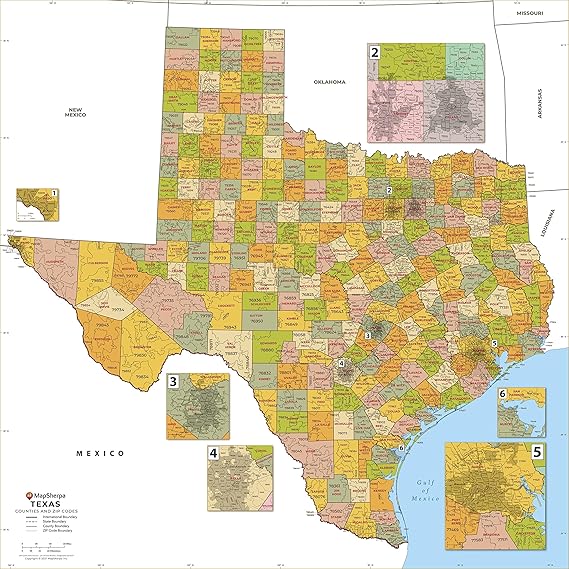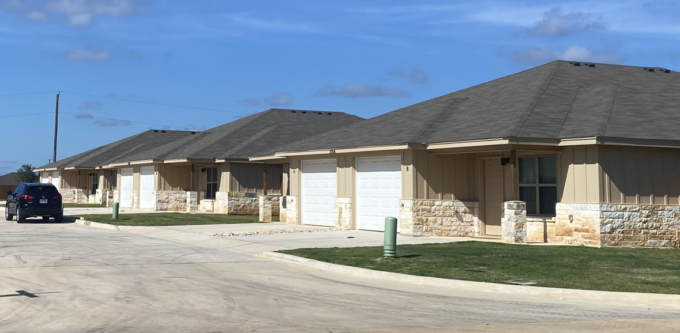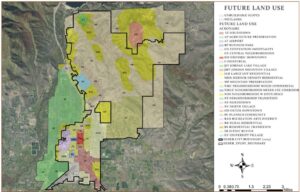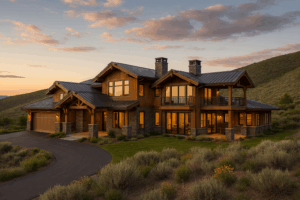Navigating Texas Building Jurisdictions and Their Impact on Construction and Affordable Housing
Texas, a state with vast land and rapid growth, presents a unique regulatory landscape for developers and builders. With over 1,200 incorporated cities and towns and 254 counties, Texas’ building jurisdictions are numerous and varied. Many cities operate under home rule, while others are general law jurisdictions, each impacting construction regulations, zoning, and code enforcement differently. This complex system often complicates development, particularly when attempting to standardize designs for modular or offsite construction to address the affordable housing crisis. Navigating Texas Building Jurisdictions is critical to success for Architects, Engineers, Developers, and Contractors who work across the state.

The Structure of Texas Building Jurisdictions
Texas has 254 counties and more than 1,200 incorporated cities and towns, each with distinct local governments. Texas follows a dual governance model: home rule for cities with more than 5,000 residents, and general law for smaller municipalities. Home rule cities operate with a degree of autonomy, crafting ordinances and regulations that fit local needs. Conversely, general law cities can only enact powers granted by the Texas Constitution and state legislature, limiting their ability to customize building and land use codes.
This distinction impacts everything from construction codes to zoning regulations. For example, Houston, a home rule city, has more leeway to adopt unique land use policies, while smaller general law cities may need state approval for similar regulations. Navigating this structure requires builders and developers to thoroughly understand each jurisdiction’s limitations and capabilities before beginning any project.
Home Rule and General Law: What They Mean for Texas
Home rule cities, which encompass most large Texas cities, can adopt and amend building codes, ordinances, and land use regulations independently. This allows them to address local priorities, whether related to growth, environmental standards, or safety. In contrast, general law cities follow state regulations closely, often relying on the minimum standards set by state codes.
This structure creates a diverse regulatory environment, where building requirements vary widely. A project in Austin might need to meet unique energy codes, while a similar project in a nearby general law city could follow state-mandated standards. For developers working across multiple jurisdictions, this variation requires substantial adjustments in design and planning.
Variation in Building Codes and Interpretation
Building code adoption and interpretation vary widely across Texas’ jurisdictions. Home rule cities often amend the International Building Code (IBC) or other standards, leading to unique requirements that differ from neighboring areas. Some cities adopt the latest code versions quickly, while others rely on older standards or modify codes to align with local preferences. Additionally, building code interpretation can vary among inspectors and local officials, leading to discrepancies in enforcement.
This variation creates challenges for builders, especially those working on modular or offsite construction projects that depend on standardized processes. For instance, what qualifies as accessible under ADA in one city may require modifications in another, impacting project timelines and costs. Such inconsistencies limit the scalability of projects designed to meet state-wide needs, adding both complexity and financial strain.
The Impact on Statewide Development and Standardization
With each jurisdiction operating independently, creating standardized building designs across Texas is challenging. For projects that span multiple cities or counties, variations in code requirements and enforcement make uniform compliance difficult. For example, a developer planning to build affordable housing units across multiple Texas cities might need to adjust designs for each location, adding costs and delays.
These issues become particularly relevant when considering offsite construction. Offsite construction relies on uniformity and consistency in building codes for efficiency. However, in Texas, developers must adapt modular units to meet diverse local standards, undermining offsite construction’s time and cost benefits. Rather than streamlining production, developers face increased costs due to local compliance modifications, reducing offsite construction’s effectiveness as a solution to affordable housing.
Case Study: Challenges for Affordable Housing
Consider a modular housing project designed to address the affordable housing shortage across Texas. Offsite construction offers a streamlined, cost-effective solution for such projects, allowing developers to quickly produce housing units in a controlled environment. However, Texas’ jurisdictional differences in building codes complicate this process. While one city might allow specific materials and designs, another jurisdiction could have different code requirements for the same elements.
For instance, a project using prefabricated wall systems for energy efficiency in Houston might need redesign for fire safety compliance in a nearby city. Such discrepancies increase costs, erode the cost benefits of modular construction, and delay project timelines. This variability undermines efforts to provide affordable housing at scale, highlighting the need for greater uniformity or regional alignment in building codes to improve housing affordability.

Moving Forward
Navigating Texas’ building jurisdictions requires a detailed understanding of home rule and general law cities, along with each jurisdiction’s specific building requirements. For developers, consistency in building codes could streamline projects, especially in rapidly growing markets where affordable housing is essential. Although achieving state-wide uniformity in Texas may be challenging, greater alignment in code adoption or regional collaboration could benefit developers, municipalities, and communities, helping Texas address housing needs more efficiently.
References
- Texas Municipal League. (n.d.). Home Rule vs. General Law
- International Code Council. (2021). Code Adoption by Texas Cities
- National Association of Home Builders. (2023). Building Code Variations
- Modular Building Institute. (2023). The Challenges of Modular Construction in Texas










